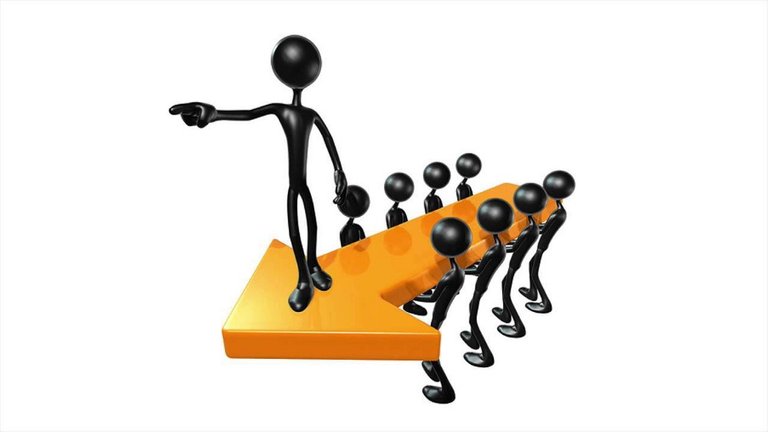
Committees can be a way to formally draw together people of relevant expertise from different parts of an organization who otherwise would not have a good way to share information and coordinate actions. They may have the advantage of widening viewpoints and delegating responsibilities.[i] They can also be appointed with experts to recommend actions in matters that require specialized knowledge or technical judgment.
However, it is our experience that people either fear committees, because nothing ever gets done, or nothing ever gets done once it goes to committee. The worst possible thing that can happen is that the committee examines the issue and argues possible solutions only to have the entire thing happen again when the committee reports.
The problems of committees are from their misuse. Let us examine the real purpose of committees.
Simplify governance and administration:

At a meeting of an assembly, everyone should show up prepared with all the resources they need to argue for or against the items to be dealt with. Committee reports distributed before a meeting help give members of the assembly time and resources to prepare for the meeting.
A Committee is a smaller, usually less formal, body that is subservient to the larger assembly. RONR provides for less formal rules while in committee and allows items to be argued more thoroughly. Committees may meet in executive session allowing for a more open and honest debate of sensitive issues. In some States, committees may be a way to avoid the more arduous requirements of open meetings laws.
Coordination and administration:

A large body may have smaller committees with more specialized functions. Examples are an audit committee, an elections committee, a finance committee, a fundraising committee, and a program committee. Large conventions or academic conferences are usually organized by a coordinating committee drawn from the membership of the organization.
Research and recommendations:

Committees may be formed to do research and make recommendations on a potential or planned project or change. For example, an organization considering a major capital investment might create a temporary working committee of several people to review options and make recommendations to upper management or the board of directors. This is a great opportunity to put experts on the subject on a committee.
Discipline:

A committee on discipline may be used to handle disciplinary procedures on members of the organization.[ii] Discipline can be difficult. Robert’s Rules of Order, Newly Revised, has an entire chapter covering discipline. Some organizations have entire judicial systems that handle Discipline.
As a tactic for indecision:

As a means of public relations by sending sensitive, inconvenient, or irrelevant matters to committees, organizations may bypass, stall, or disacknowledge matters without declaring a formal policy of inaction or indifference. However, this could be considered a dilatory tactic.[iii]
Power and authority:

Generally, committees are required to report to their parent body. Committees do not usually have the power to act independently unless the body that created it gives it such power. However, giving a committee power is a great way to get things done. If the committee is a standing committee, it should be composed of a diverse group to get the closest resemblance of the opinion of the entire group. If it is an ad hoc committee, it should be composed of the people most in favor of the action to be taken. People often fear committees having power, but remember that a committee can be discharged of a duty and members can be added or removed. It would be unwise for a committee to attempt to thwart the will of the assembly.
Form & Example
A Committee Reports via distribution of written report with perhaps a few words by the person reporting on behalf of the committee. This person then reads the recommendations followed by “Mr. President, on behalf of the committee, I move the adoption of the recommendation(s) just read.” These recommendations are treated as any other main motion, a call for division of the question would be in order if there are multiple recommendations and a desire to consider them independently. The Chair could assume a division of the questions if he thinks it is appropriate.
Conclusion
We hope you will reexamine your use of committees. Empower them to empower your organization. By empower we mean take your argument to the committee meeting rather than having to re-argue everything at the meeting of the assembly. We look forward to your questions and comments.
[i] “Committee — Wikipedia.” Wikipedia N.p., n.d. Web. 15 Jun. 2017 <https://en.wikipedia.org/wiki/Commitee>.
[ii] “Committee — Wikipedia.” Wikipedia N.p., n.d. Web. 15 Jun. 2017 <https://en.wikipedia.org/wiki/Commitee>.
[iii] “Committee — Infogalactic: the planetary knowledge core.” Infogalactic N.p., n.d. Web. 15 Jun. 2017 <https://infogalactic.com/info/Committee>.
Posted from my blog with SteemPress : https://www.hermetas.org/committees-a-terrible-way-to-die/